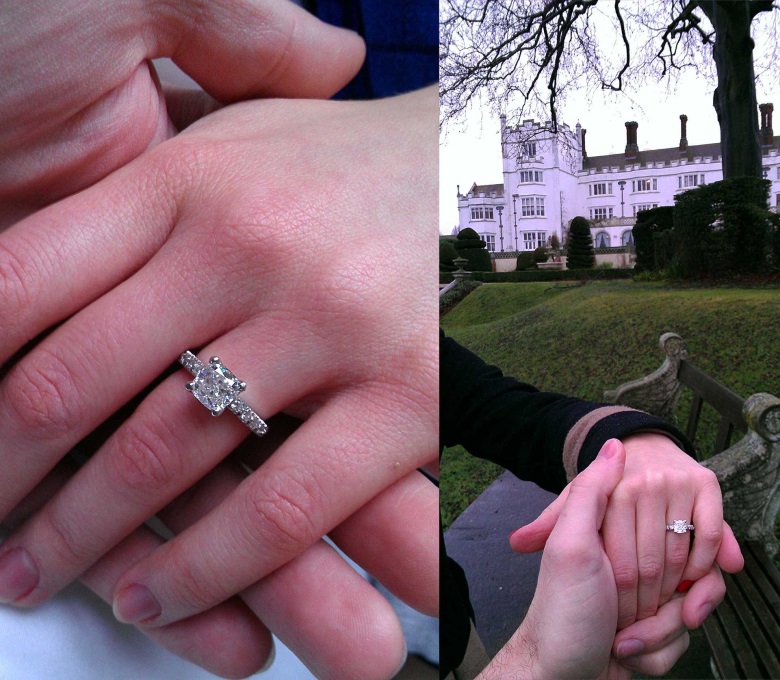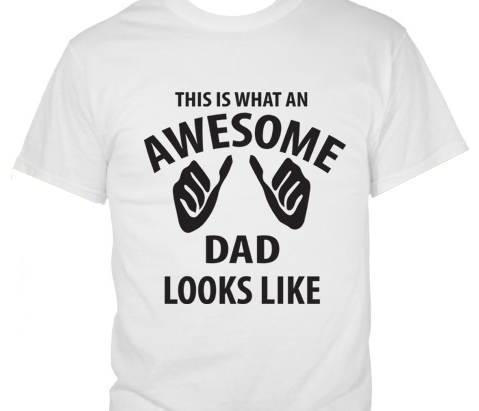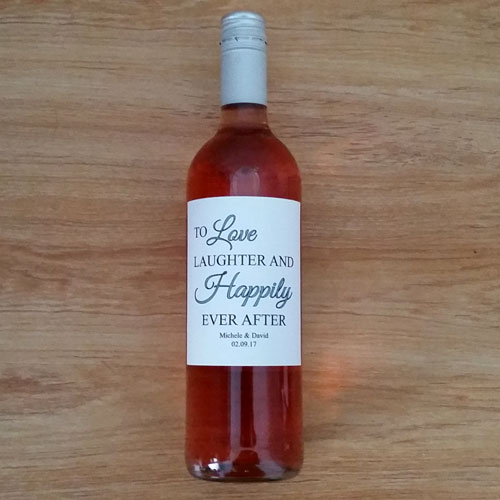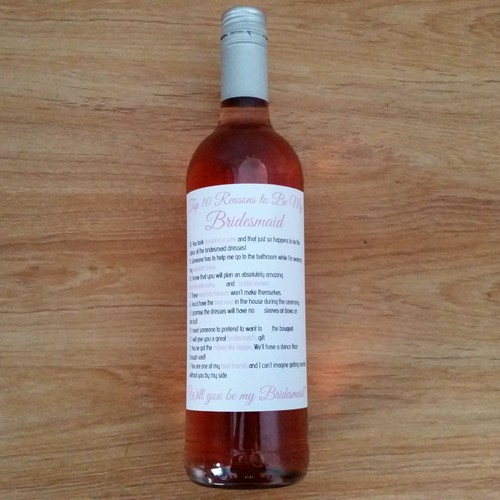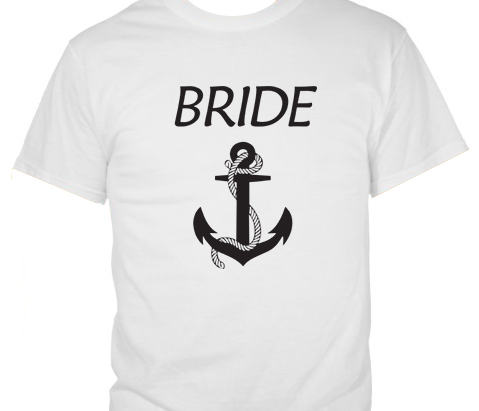Choosing The Perfect Engagement Ring
Diamonds...the eternal symbol of love and (almost) every girl’s best friend. Their sparkle, their colours, their ability to make even the most loyal friend jealous. This is what makes your choice in a diamond engagement ring even more important (and, possibly, spine-chilling). There is a lot of pressure involved, especially if you plan to surprise your partner with a proposal. However, with some preparation, research and inside knowledge, you will definitely feel more confident.
The first step is to decide on how much you are able and prepared to spend on an engagement ring. This is usually an expensive purchase, but remember that it is a lifelong possession. Your proposal will always be a special memory for both of you and the ring plays a major role in the event. Financial advisors usually recommend that you spend up to two months’ salary on this purchase and no more.
Next, try to find out what styles your partner likes. Do a casual walk past a couple of jewellery stores and pay attention to her comments. You may ask for help from a friend or sister who knows her and her tastes well and who can be trusted not to tell her of your plans. If you are not able to get a proper idea from these sly tactics, rather ask her directly than venture into the jewellery store on your own. Women are very particular about the engagement ring, as they plan to show it to friends, family and even milkmen who feign interest. So, it is ultimately better to get her something she will like than to insist she has NO idea of your intentions.
Do some research about diamonds and diamond quality. Make sure that you have a balanced approach. A 0.8 carat ring is just as sparkly and romantic as a 1.5 carat ring, so be flexible. Generally, there are four aspects that make up the overall quality of the ring. These are called the four C’s:
Clarity – the purity of the stone, which is gauged by studying the internal inclusions and external blemishes (clouding) that can be seen. To get a good idea of the quality, you would examine how many blemishes there are, their location and the size of such imperfections. However, almost no man-on-the-street can afford a flawless stone, so look at the diamond with a naked eye and make sure that it is as clear as you will be happy to accept.
Cut – the proportions, symmetry and finish of the diamond. That is, how the diamond reflects light and sparkles. Since the angles within the stone are what bounce light back, these should be symmetrical and clear.
Colour – a perfect diamond is perfectly clear, but most diamonds have some hint of yellow or brown in them.
Carat – the weight (and, therefore, size) of the stone. In addition to just being a larger stone, bigger diamonds are more difficult to find. This means that a two carat diamond will cost more than four half carat stones. So, think about the design and how many stones you need. If your partner has indicated that she prefers a cluster of diamonds, this will likely be cheaper than one big diamond.
Once you have an idea of what you are looking for and how much you have to spend on it, do not settle for the first ring you find. Shop around and explore the possibilities. Even consider looking into second-hand and antique rings. These should be cheaper, but may offer you exactly the design and size that you may have had difficulty in finding elsewhere. This is a purchase that is worth your time, patience and research.
Image Source: www.sandhillsweddingexpo.com
